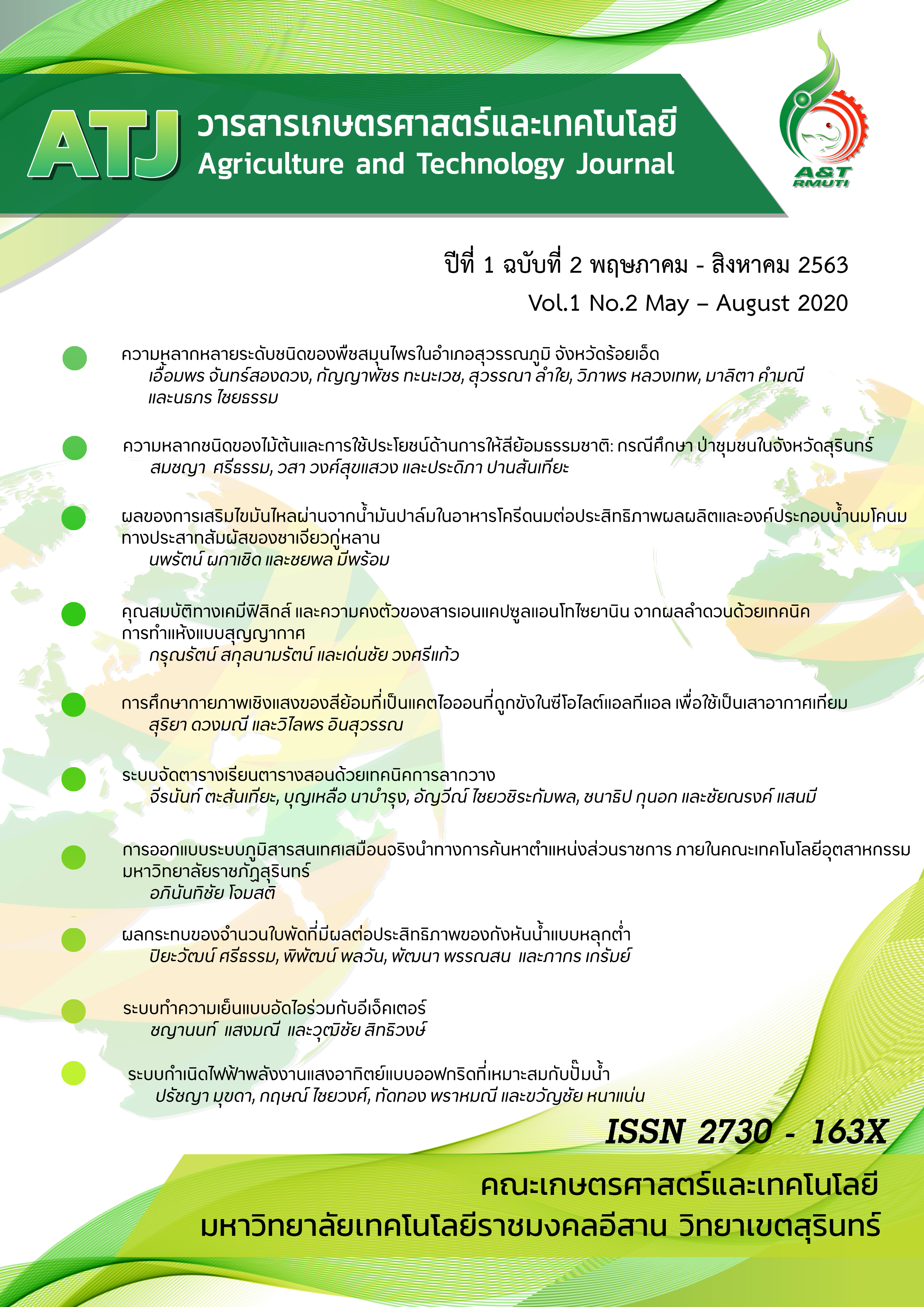Photophysical study of cationic dyes confined zeolite LTL for artificial antenna applications
Photophysical study of cationic dyes confined zeolite LTL for antenna applications
Keywords:
Paraquat, Acriflavine hydrochloride, Fluorescence resonance energy transferAbstract
The photophysical properties and energy transfer characteristic of dye molecules between donor (Paraquat, PQ) to an acceptor molecule (Acriflavine hydrochloride, AF) confined in zeolite LTL (K-LTL and H-LTL) have been studied. The energy transfer processes occur via Fluorescence Resonance Energy Transfer (FRET). The results show that Paraquat and Acriflavine hydrochloride confined in zeolite LTL can be utilized as antenna materials. The value of critical transfer distance (RDA) and FRET efficiency (%E) for PQ-AF_K-LTL are 23.4 Å, 74 .9% and PQ-AF_H-LTL are 23 .8 Å, and 78.1%, respectively.
Downloads
Published
Versions
- 2020-08-29 (2)
- 2020-08-29 (1)
How to Cite
Issue
Section
License
Copyright (c) 2020 Agriculture and Technology Journal

This work is licensed under a Creative Commons Attribution-NonCommercial-NoDerivatives 4.0 International License.
เนื้อหาและข้อมูลในบทความที่ลงตีพิมพ์ในวารสารทดสอบระบบ ThaiJo2 ถือเป็นข้อคิดเห็นและความรับผิดชอบของผู้เขียนบทความโดยตรงซึ่งกองบรรณาธิการวารสาร ไม่จำเป็นต้องเห็นด้วย หรือร่วมรับผิดชอบใดๆ
บทความ ข้อมูล เนื่อหา รูปภาพ ฯลฯ ที่ได้รับการดีพิมพ์ในวารสารทดสอบระบบ ThaiJo2 ถือเป็นลิขสิทธิ์ของวารสารทดสอบระบบ ThaiJo2 หากบุคคลหรือหน่วยงานใดต้องการนำทั้งหมดหรือส่วนหนึ่งส่วนใดไปเผยแพร่หรือเพื่อกระทำการใดๆ จะต้องได้รับอนุญาตเป็นลายลักอักษรณ์จากวารสารทดสอบระบบ ThaiJo2 ก่อนเท่านั้น







